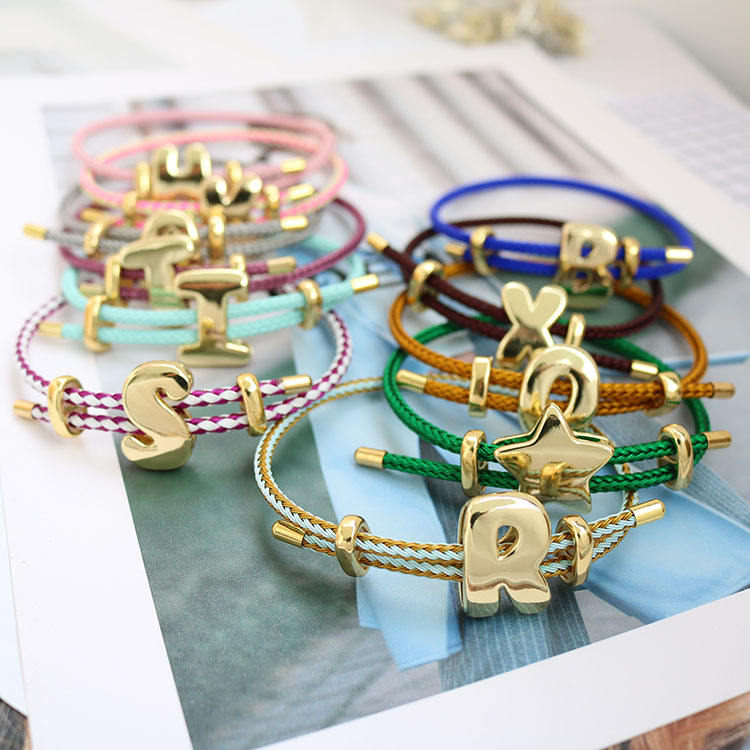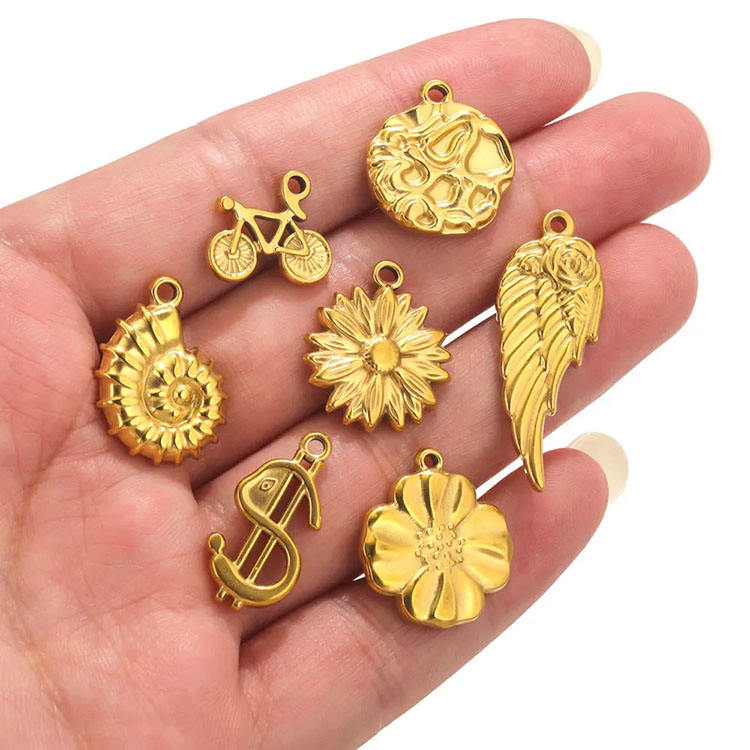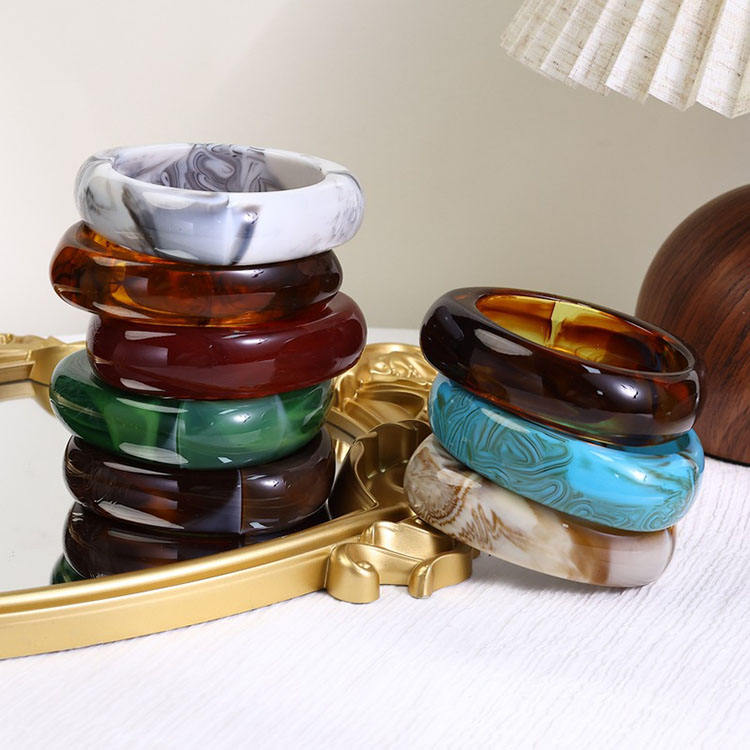When evaluating pearls, size and luster stand as two fundamental quality indicators. But which factor plays a more significant role in determining price? Understanding how these elements interact will help you make smarter decisions whether you're buying for personal enjoyment or investment purposes.
Luster represents the most critical quality characteristic for pearls. It refers to the reflective quality and depth of glow on the pearl's surface, directly resulting from nacre thickness and quality. Premium pearls display sharp, mirror-like reflections with a deep inner glow that seems to emanate from within the pearl. This optical property significantly outweighs size in valuation because:
It indicates superior formation conditions and healthier mollusks
It creates the visual appeal that defines luxury pearls
It cannot be artificially enhanced without detection
It ensures long-term value and durability
Pearl size, measured in millimeters, influences price primarily through rarity. Larger pearls require longer formation times and occur less frequently in nature. However, size alone doesn't guarantee value:
Large pearls with poor luster command lower prices
Size preferences vary by market and jewelry type
Certain pearl types naturally grow larger (South Sea vs. Akoya)
Oversized pearls with excellent luster are exceptionally rare and valuable
In professional pearl grading, quality factors follow this priority order:
Luster - The most important value determinant
Surface quality - Number and visibility of imperfections
Shape - Roundness and symmetry
Size - Millimeter measurement
Color - Natural body color and overtone
This hierarchy demonstrates why a smaller pearl with exceptional luster typically costs more than a larger pearl with mediocre luster.
Different pearl types emphasize these factors differently:
Akoya Pearls: Prized for brilliant luster, with size secondary
South Sea Pearls: Size and nacre thickness contribute significantly to value
Tahitian Pearls: Color and size often compete with luster in importance
Freshwater Pearls: Excellent luster at affordable prices makes them popular
Always prioritize luster when seeking quality and value retention
Choose size based on your intended use and personal style
Examine pearls under natural light to properly assess luster
Consider the type of jewelry - larger pearls work well for statement pieces
Remember that balanced quality characteristics typically offer the best value
While both factors matter, luster ultimately determines a pearl's fundamental quality and value. Size contributes to rarity and visual impact, but cannot compensate for poor luster. The most valuable pearls combine exceptional luster with desirable size, surface quality, and shape.
When shopping for pearls, focus first on finding the best luster within your budget, then consider size preferences. This approach ensures you acquire pearls that provide both immediate beauty and long-term satisfaction.









